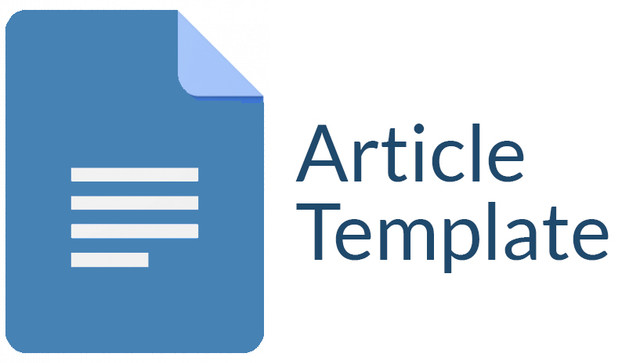Pendidikan Karakter Melalui Kegiatan Kreatif Untuk Siswa Sekolah Dasar di Wilayah Kecamatan Lembeyan
Keywords:
Character education, creative activities, elementary schools, character developmentAbstract
This study aims to examine the effectiveness of character education through creative activities for elementary school students in Lembeyan District. Character education is an integral part of the educational process, aiming to shape students' character with sound moral and social values. One approach to character building is through creative activities that involve students in practical activities, such as arts and crafts, and other collaborative activities. Creative activities are expected to develop social skills, environmental sensitivity, and foster positive attitudes and responsibility in students. This study used a qualitative approach with a descriptive design, where data were collected through observation, interviews with teachers and students, and analysis of activity documentation. The results indicate that creative activities involving students in joint projects have a positive impact on student character development, such as enhancing cooperation, discipline, and a sense of responsibility. This study recommends that schools in Lembeyan District further integrate creative activities into the curriculum as a method to strengthen character education in elementary schools.
Downloads
References
Berkowitz, M. W., & Bier, M. C. (2004). What works in character education: A research-driven guide for educators. Character Education Partnership.
Lickona, T. (1991). Educating for character: How our schools can teach respect and responsibility. Bantam Books.
Nucci, L. P. (2001). Education in the moral domain. Cambridge University Press.
Miller, S. M. (2003). Character education in America's schools. Rowman & Littlefield Publishers.
Shapiro, J. P., & Stefkovich, J. A. (2016). Ethical leadership and decision making in education: Applying theoretical perspectives to complex dilemmas (3rd ed.). Routledge.
Downloads
Published
Issue
Section
License

This work is licensed under a Creative Commons Attribution-ShareAlike 4.0 International License.
Authors who publish with this journal agree to the following terms:
1. Copyright on any article is retained by the author(s).
2. The author grants the journal, right of first publication with the work simultaneously licensed under a Creative Commons Attribution License that allows others to share the work with an acknowledgment of the work’s authorship and initial publication in this journal.
3. Authors are able to enter into separate, additional contractual arrangements for the non-exclusive distribution of the journal’s published version of the work (e.g., post it to an institutional repository or publish it in a book), with an acknowledgment of its initial publication in this journal.
4. Authors are permitted and encouraged to post their work online (e.g., in institutional repositories or on their website) prior to and during the submission process, as it can lead to productive exchanges, as well as earlier and greater citation of published work.
5. The article and any associated published material is distributed under the Creative Commons Attribution-ShareAlike 4.0 International License









